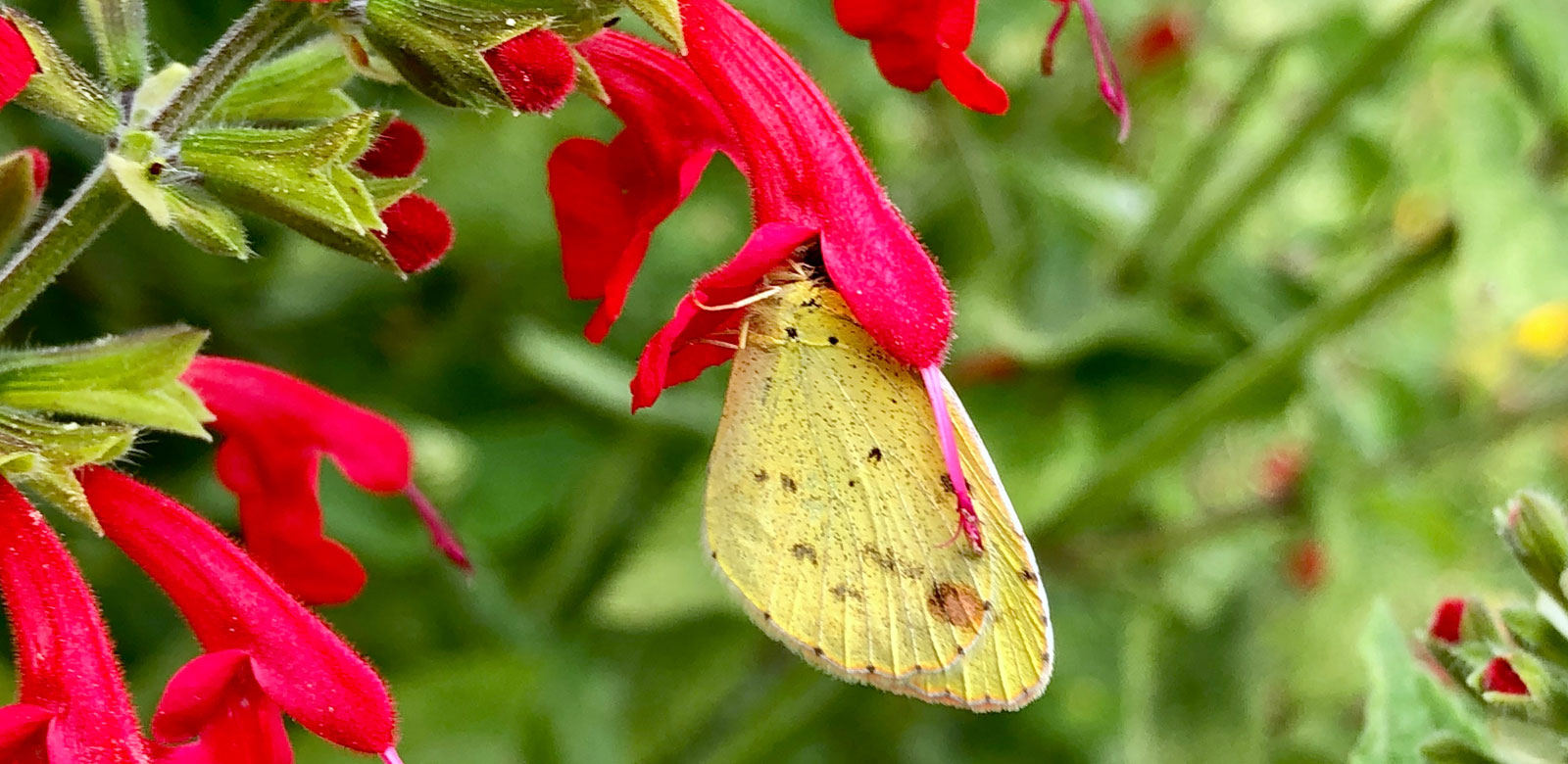Our Mission
St. Julian’s Crossing Wildlife Habitat is dedicated to educating about pollinators, their conservation, and the urban wildscapes supporting them. Did you know, for example, that there are around 1,100 species of native bees in Texas (and that the Honey Bee is not one of them)? Or that most native bees are solitary nesters, not forming hives like Honey Bees? Or that some bees and wasps are no bigger than a tiny fly? Don’t worry: neither did we before we began this amazing gardening adventure! St. Julian’s Crossing Wildlife Habitat exists to share this kind of fascinating and useful information about our native pollinators.







